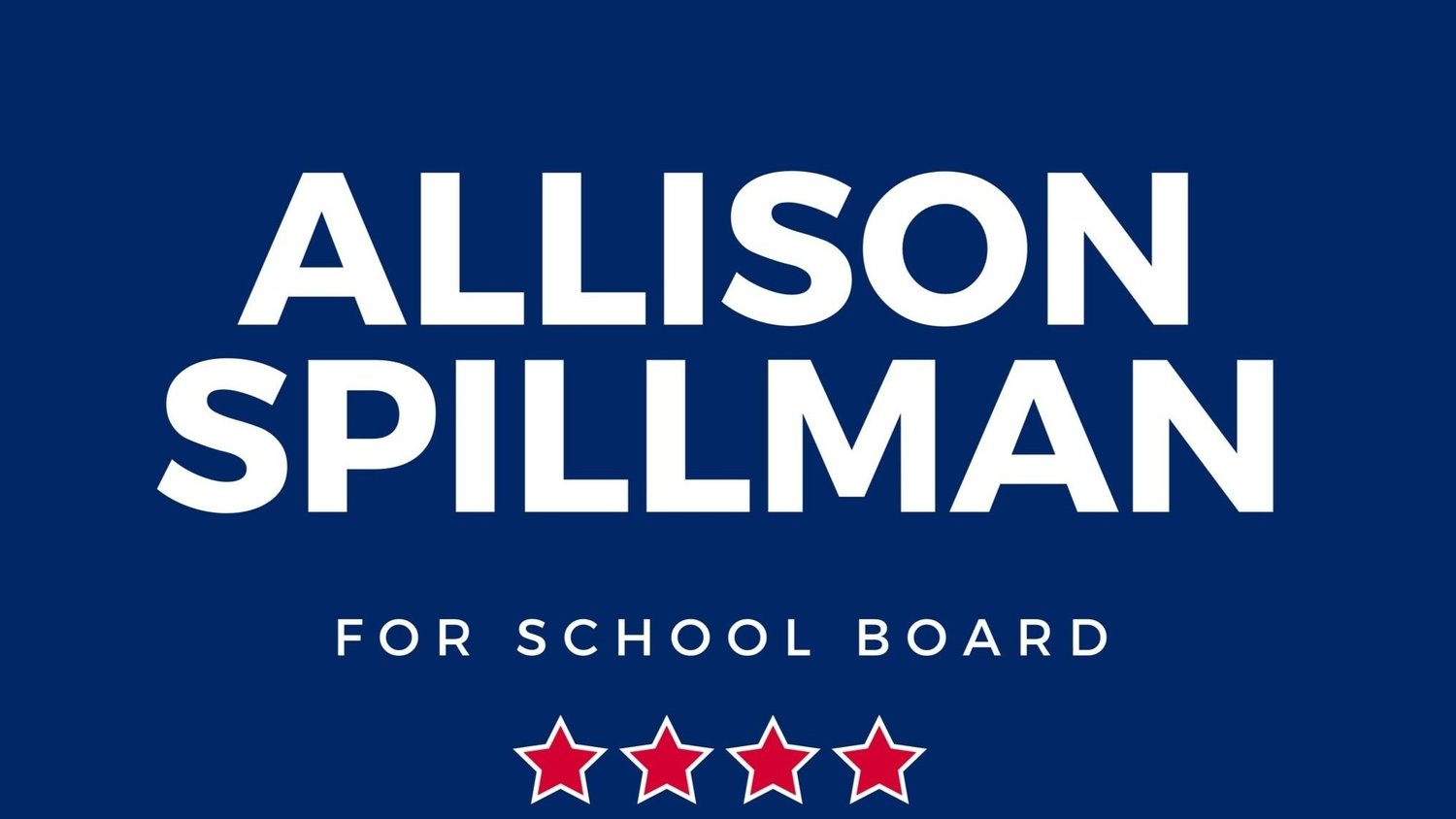Universal Free School Lunch
Prioritizing school meal access is more important than ever. Kids can’t learn if they are hungry. But even though the United States is the wealthiest country in the world, 9.3 million children experienced food insecurity in 2021. And while households making up to 185% of the poverty rate are eligible to receive free- or reduced-price school meals, a number of administrative and practical barriers to participation in this program–including the stigma of students being perceived as “poor” –results in student hunger and crippling meal debt for eligible families. By one estimate, over 25% of eligible children did not receive a free- or reduced-price school lunch. And for families who fall just over the income eligibility threshold, the rising price of student lunch can cause significant financial distress, even reducing students to tears.
There aren’t a lot of good things that came out of the COVID-19 pandemic, but one silver lining was the federal government’s expansion of the free school lunch program to all students, regardless of family income. Notably, this expansion had bipartisan support from both the Trump and Biden administrations, and it included free meals and snacks for school-age children even when school was out of session through the Summer Food Service Program. This expansion was literally a lifeline for students and families during the worst of the pandemic, when many people were out of work or faced other challenges in obtaining healthy and nutritious meals.
Unfortunately, the universal free school lunch program expired in 2022, despite proposed legislation by both federal and Virginia Democrats to make it permanent. However, a number of states and school districts have acted on their own to continue serving free school meals to all students. The results of this “natural experiment” show a number of important benefits from universal free school lunch, including increased attendance rates, lower student suspensions, improved student health,and better test scores. In short, the data clearly shows that a universal free school lunch program helps school-age students learn, grow, and thrive.
I wholeheartedly support universal free school lunch for all students in Albemarle County Public Schools, regardless of family income. Universal free school lunch is a powerful tool to promote equity. It eliminates the stigma associated with receiving free or reduced-price meals, and creates an inclusive environment where all students can enjoy a nutritious meal together. It also removes the distinctions based on family income and ensures that every child has an equal opportunity to focus on their studies, without the worry of hunger. Finally, universal free school lunch relieves financial burdens for families by ensuring that parents and caregivers no longer have to worry about the additional expense of providing lunch for their children.
Universal free school lunch is an investment that yields long-term benefits for our kids, our community, and society as a whole. In short, it’s a no-brainer. By ensuring that no student goes hungry during the school day, we can help set the stage for their academic and personal growth.
